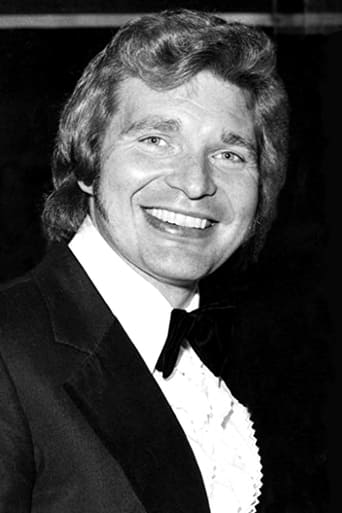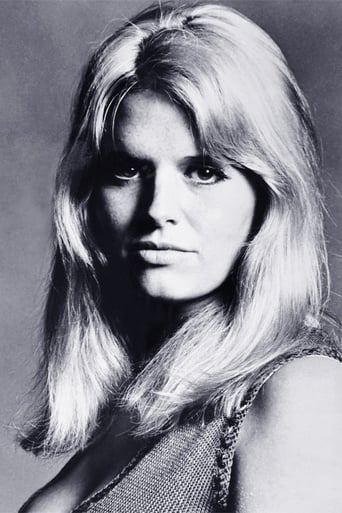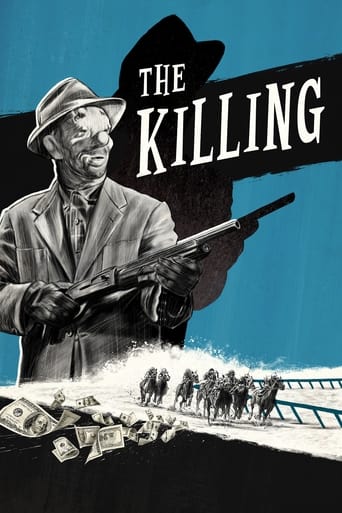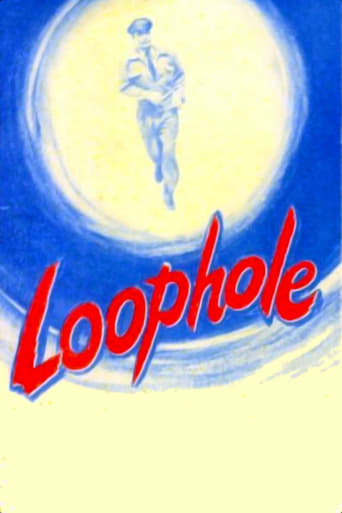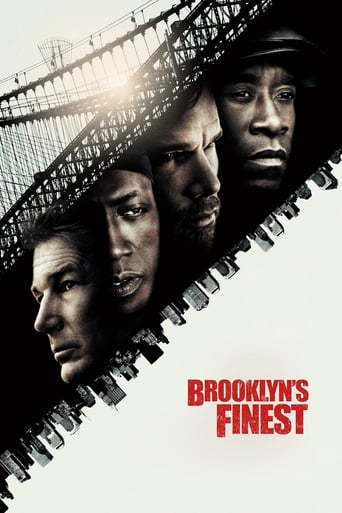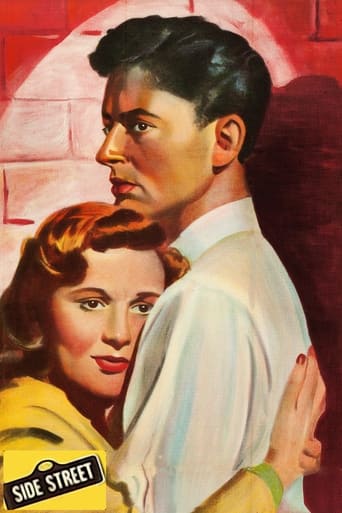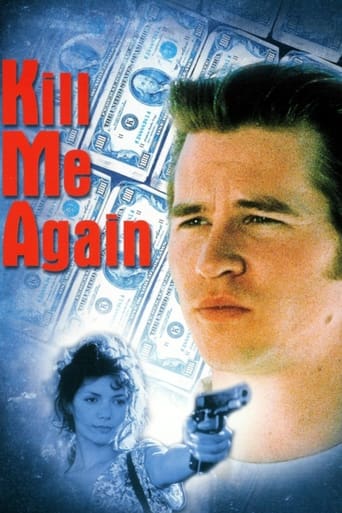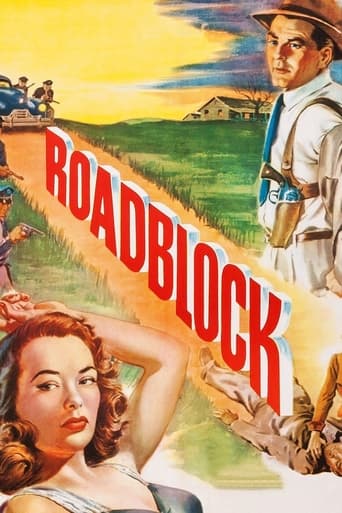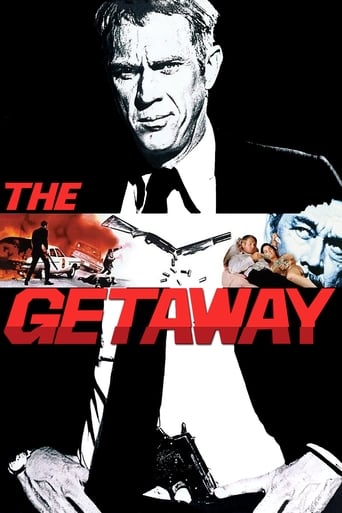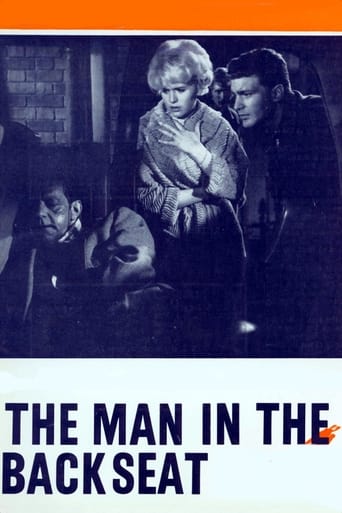
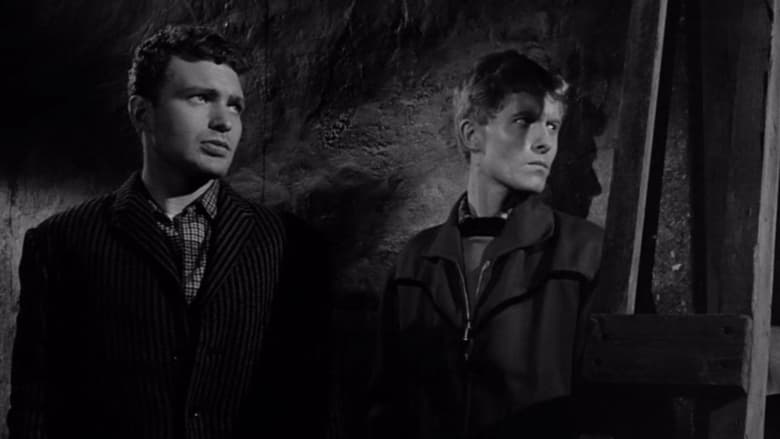
The Man in the Back Seat (1961)
The haunting story of two incompetent crooks and an unwanted passenger which obviously has its roots in the Banquo’s ghost segment of Macbeth.
Watch Trailer
Cast


Similar titles
Reviews
One of my all time favorites.
Good story, Not enough for a whole film
It's hard to see any effort in the film. There's no comedy to speak of, no real drama and, worst of all.
Fun premise, good actors, bad writing. This film seemed to have potential at the beginning but it quickly devolves into a trite action film. Ultimately it's very boring.
Two young crooks, Tony (Derren Nesbitt) and Frank (Keith Faulkner), cosh a bookmaker (Harry Locke) in order to rob him of his takings from the dog track. However, they discover the bag containing the money is chained to his wrist and the key is not on his person so they are forced to put his unconscious body in the back of the car and take him with them. They finally succeed in separating the bag from his wrist, but every time they try to dispose of his body it keeps reappearing and finally results in deadly consequences for the two men...Alongside House Of Mystery (1960), this is one of the most highly acclaimed second feature thrillers that writer-director Vernon Sewell ever made. For a film running for only 56 minutes, his tight and economical direction succeeds in getting maximum suspense out of the situations in Malcolm Hulke and Eric Paice's screenplay. A series of close calls occur as the two men narrowly avoid been caught before the film reaches disturbing supernatural climax. which is a match for anything any 'A' feature ghost thriller could do and it will chill your spine. Good performances too from Nesbitt who is utterly convincing as the more ruthless and cunning of the two men (he coshes the bookmaker and later kills him). Faulkner is quite good as the weak and easily lead Frank while Carol White of Cathy Come Home fame offers a gritty, realistic portrayal of the latter's wife who is dismayed at her husband's involvement with Tony and puts her foot down and says "It's either me or him. You come in with me or that door will close shut behind you." Frank later reveals that he had planned it to be his last job for Tony and tells his wife that he wanted the money so they could get out of their dingy, basement flat and so they both wouldn't have to go out to work. It is one of joys of these British crime thrillers that they feature believable and realistic working class villains with ordinary aspirations as opposed to the more glamouress, fanciful and not lifelike ones in their bigger budget Hollywood counterparts.
This is a British film noir which is truly a classic.It contains all the classic elements of the genre.Once poor old Harry Locke it is battered unconscious there is no going back.Matters just spiral out of control with no way out.Nesbitt plays a convincing liar till he gets what he wants.By then poor old Locke is dead and the noose awaits,these were the days when hanging was still the punishment for murder.The fact that this film only runs 54 minutes makes it all the more worthwhile that such a tight narrative is fitted into such a short period of time.Furthermore there are some nice sub Hitchcockian touches when it comes to dealing with both the living and dead Harry Locke.By the way Derren Nesbitt is still going strong and is one of the funniest speakers on the celebrity circuit.
First rate little thriller by veteran director Sewell, who could be very good when he tried. Two crooks rob a bookie at a dog track and are stuck putting his body in the back seat. Every time they try to get rid of him, fate intervenes and they're back in the car with him. Derren Nesbitt is especially good as the more callous of the two. Good script, crisp black and white photography, taut direction. Good work all around. This is a fine addition to British film noir and should be included with others in that genre. And perhaps a re-appreciation of Sewell is in order. It's too bad this isn't out on DVD yet. Those who think Hitchcock was the only one who could use confined spaces well should check this out.
(Spoilers)Writer, documentarist and director Sewell is one of those half-forgotten figures in British cinema whose work can still give considerable pleasure today, even though his long career (over 35 years and over 40 films) never reached the heights. His Latin Quarter'(1945), an excellent horror film, was released in the week after the now much better-known Dead of Night', broke the war-time horror movie moratorium in the UK. A few years later, and he was regularly working on less prestigious productions, including several taut low budget thrillers, that typically included supernatural elements, during the early 60's. House of Mystery' (1961) Strongroom' (1962) and, above all The Man in the Back Seat' are amongst his best work, much better than many other undistinguished quota quickies' of the time, each making a virtue out of the necessities of brevity, and budget.Small-time crooks Tony and Frank rob a track bookie, discover that his money is in a security bag chained to his wrist and, having first piled their victim into the back of his own vehicle, make off with him in a panic. The injured bookie remains huddled there for most of the film thereafter, as the two grow increasingly desperate seeking his disposal. Although mute, he is as much a character' as the two leads, his silence making its own accusation. This is the case from the very start. The title and credits of the film roll out over a defining shot (one repeated often as a point of view through coming scenes), in which we are looking through the windscreen at Frank driving. Tony peers forwards from the back, anxious and expectant. Next to Tony is an empty seat, an unoccupied space to our minds already tainted with foreboding even before the opening crime. Even when, as is usual, he is invisible to the audience, the bookie's presence remains oppressive. The stricken passenger is both a symbol-in-situ of Frank and Tony's transgression, and a precognition of their fate.Whenever the two try and ditch their inert charge, some accident intervenes, making the guilty go on again with their burden. They can't open the bag without tools. They park in front of a busy garage door to try and open the bag, and are brusquely moved on. They get a blowout, and a suspicious road service man helps them on their way. They run out of petrol. They can drop the bookie, then urgently have to reclaim him, and a policeman confronts them at the roadside, and so on. Frank and Tony's desperate ride feels, and is, ultimately futile. Most obviously through the final catastrophe, on their drive up North. But it is also a circular journey: their crime is committed at a racetrack, the car stolen, the victim abducted. By the time they finally come to shake off the body, in order to make their final escape, they are back at a dog track again - as if none of their previous journeying had happened, or mattered. The all-pervasive nature of fate' in this film is similar to that found in some of Fritz Lang's noir work of a few years earlier, where no man is immune to the faceless forces that buffet and frustrate him at every time..Benefiting from some excellent, atmospheric, night-time location shooting, The Man in The Back Seat' has been dubbed an anxiety dream' by one critic (David Pirie), and that is certainly true: as events succeed each other they have the quality of a nightmare. But this is also a film with supernatural overtones. The bookie's slumped body comes to haunt the two men (and at the end actually appears in the mirror as an accusing apparition to a startled Frank), like the ghost at Macbeth's feast, staring in silent recrimination of their crime. The fatal nature of this hallucination is emphasised at the close of the picture, with an audio exclamation mark'. Frank painfully whispers the title of the film and, at that instant, the burning car explodes.At the centre of the film is the relationship between Frank and Tony (Derren Nesbit and Keith Faulkener, who also act together in Sewell's Strongroom'). As Frank, the dominant of the two, Nesbit gives an excellent (and entirely characteristic) early performance. Soft spoken, wiley, immoral, and with a black sense of humour, he is an utterly contemptible villain. Normally restricted to supporting role status, here he is perfectly at ease in the low-life mileu Tony inhabits. His character also has a prominent handicap, his leg in plaster giving a visual echo of his crippling moral shortcomings. As the more conscience-stricken and weaker Frank, Faulkener gives a creditable performance. Biggest surprise is to realise that his girlfriend, Jean, is played by Carol White, later star of Ken Loach's Poor Cow' and the historically important UK TV drama Cathy Come Home'.The Man in The Back Seat' is probably unavailable on video and only surfaces occasionally on late night television. It is a salutory reminder of what gems still lay unnoticed in the backwater of British film, when critical attention is often focused elsewhere. As an outstanding example of what imagination can achieve on an enforced budget, and as a tour-de-force of fatalistic cinema, rare in English film, it is well worth seeking out.


